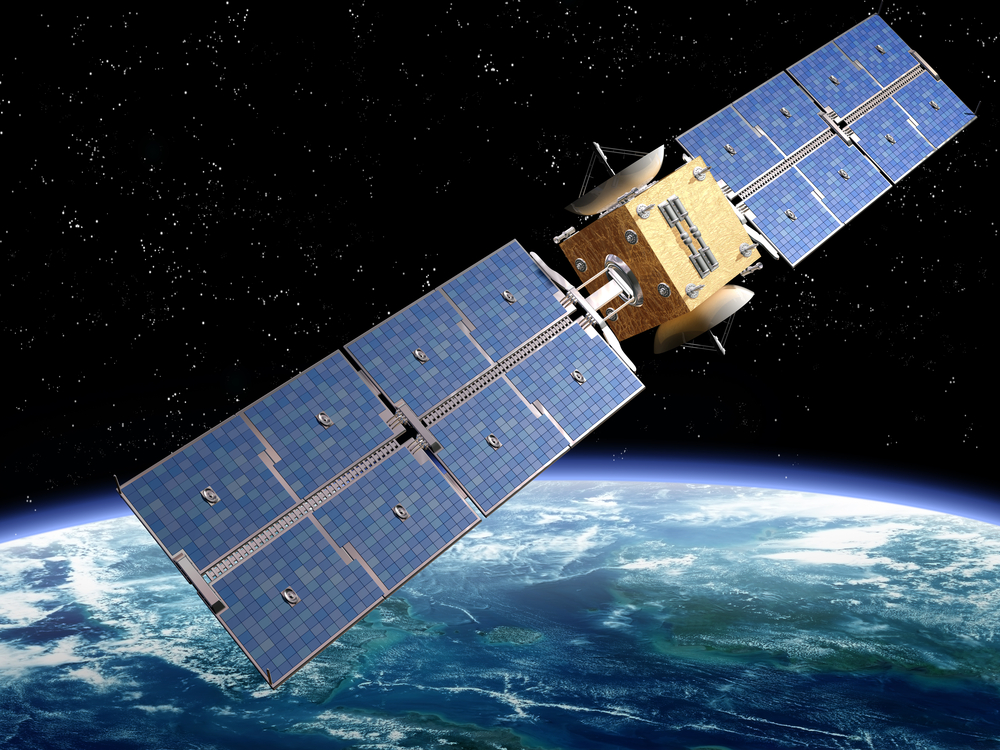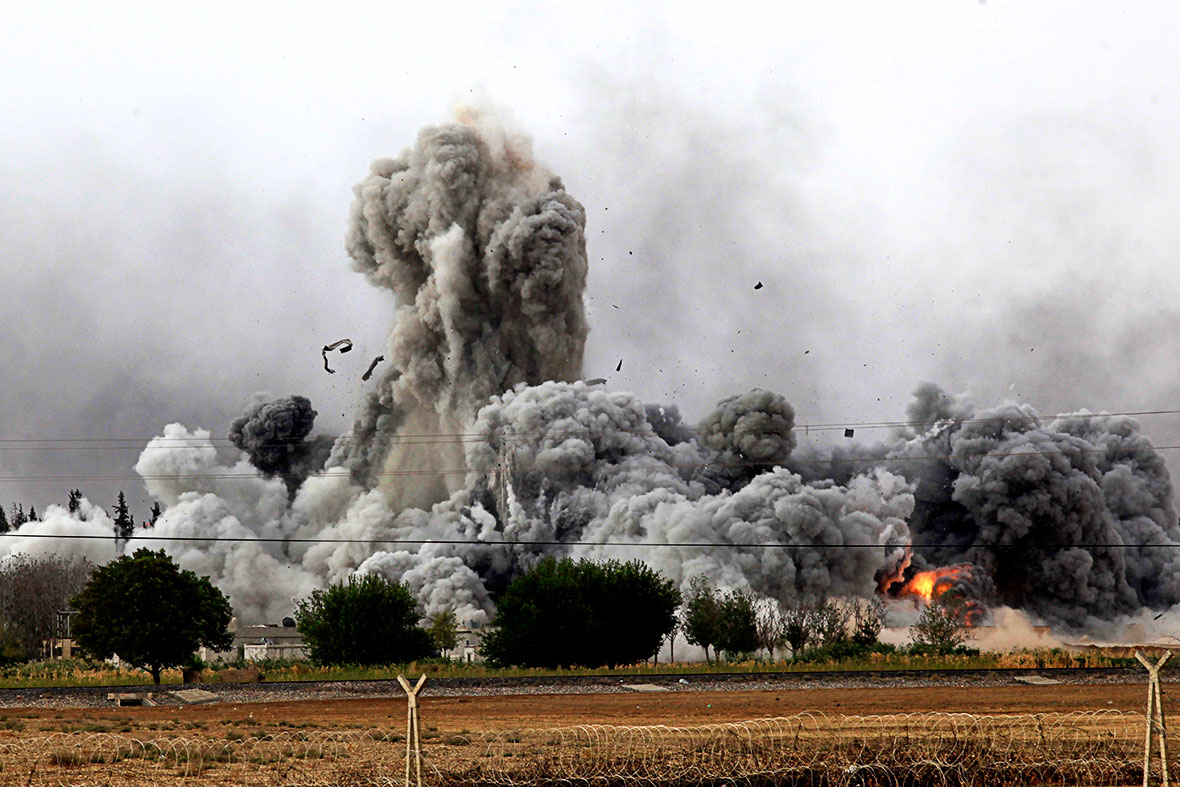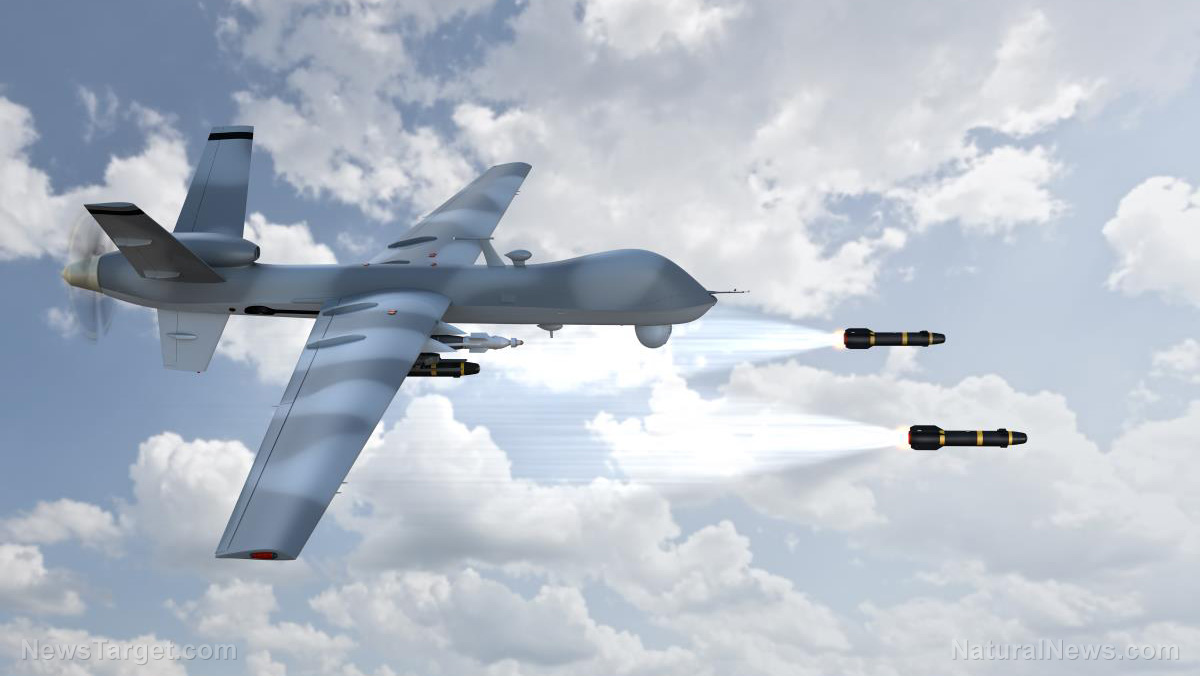Pentagon scrambles to boost SPACE WAR capacity as China, Russia deploy advanced systems that could affect U.S. space assets
05/22/2024 / By Belle Carter

The Department of Defense (DoD) is reportedly scrambling to acquire up-to-date tools to defend its satellite network from possible attacks and disrupt or disable enemy spacecraft in orbit. The DoD is convinced that rapid advances by China and Russia in space-based operations are a growing threat to American military assets on the ground and in space.
According to Pentagon officials, the United States will no longer rely on military satellites to communicate, navigate, track and target terrestrial threats as they look to obtain advanced ground- and space-based equipment. They would aim for their strategy to differ from previous military programs in space as it would expand the range of offensive capabilities.
“We must protect our space capabilities while also being able to deny an adversary the hostile use of its space capabilities. Because if we do not have space, we lose,” Space Force Chief of Space Operations Gen. Chance Saltzman said back in March.
The director of national intelligence’s recent unclassified assessment reportedly confirms that both Russia and China have already tested or deployed systems such as ground-based high-energy lasers, antisatellite missiles or maneuverable satellites, which could be used to disrupt American space assets, should conflicts with these countries continue to escalate. Pentagon officials further cited Russia’s use of electronic jamming tools while at war with Ukraine, which disrupted advanced American weapons systems most of the time.
“It is now not theoretical,” Gen. Stephen N. Whiting, who oversees Space Command, which is responsible for using space assets to defend the U.S., said in a meeting with reporters last month during a space industry conference in Colorado. “It’s real. It’s deployed, out in the environment.”
China has also deployed expanding space military tools. According to Air Force Secretary Frank Kendall, the nation has fielded several space capabilities designed to target U.S. forces. “And we are not going to be able to operate in the Western Pacific successfully unless we can defeat those,” Kendall said.
Whiting said China had tripled its network of intelligence, surveillance and reconnaissance satellites since 2018, which he described as a “kill web over the Pacific Ocean to find, fix, track and, yes, target United States and allied military capabilities.” (Related: China constructing massive satellite network that can target anything anywhere on Earth.)
Chinese and Russian governments denied the allegations, arguing that it is the U.S. that is driving the militarization of space.
“The United States has long been repeatedly hyping up China as a ‘threat in outer space’ to smear and attack China,” said a Chinese government statement issued earlier this year, calling this effort “only an excuse for the U.S. to expand its forces in outer space and maintain military hegemony.”
Russia accuses U.S. of extending the “arena of military confrontation” to space
The United Nations Security Council rejected earlier this week a Russian draft resolution to counter military activity in space, as countries questioned Moscow’s sincerity after it vetoed an American text in April against nuclear proliferation in the final frontier.
The Russian text called on all states to “take urgent measures to prevent for all time the placement of weapons in outer space and the threat or use of force in outer space.” It received seven votes for – including from China – and seven against, including from the U.S., United Kingdom and France. Switzerland abstained.
U.S. Special Political Affairs Representative to the UN Robert A. Wood called the resolution “the culmination of Russia’s campaign of diplomatic gaslighting.
“Russia does not want the Security Council to focus on its dangerous actions in space,” he said, citing U.S. accusations that Moscow was attempting to put a nuclear weapon into orbit.
On May 21, Russia accused the U.S. of seeking to place weapons in space, making it a place to expand military confrontation between conflicting nations. “They have once again demonstrated that their true priorities in the area of outer space are aimed not at keeping space free from weapons of any kind, but at placing weapons in space and turning it into an arena for military confrontation,” Russia’s foreign ministry spokeswoman Maria Zakharova said in a statement.
Kremlin spokesman Dmitry Peskov did not provide further details when asked if Moscow had specific information, saying only that the country’s intelligence agencies were monitoring the situation. “Our special services are performing their work,” he told reporters in a briefing.
In February, Washington said it was concerned by an “anti-satellite capability that Russia has developed” after U.S. media outlets reported that intelligence agencies had warned their allies that Russia could launch a nuclear weapon into orbit. Moscow denied those accusations as “malicious” and “unfounded,” saying it does not possess such systems.
Visit MilitaryTech.news for similar stories about advancements in military technology in space and in other theaters of war.
Watch the video below where Moscow warns the U.S. that its space satellites could be military targets.
This video is from the TruNews channel on Brighteon.com.
More related stories:
U.S. Space Force: China and Russia are CONCEALING THREATS posed by their satellites.
House Republicans warn of national security threat posed by potential Russian ANTI-SATELLITE WEAPON.
Sources include:
DIA.mil [PDF]
Submit a correction >>
Tagged Under:
air force, antisatellite missiles, chaos, China, conflict, conspiracy, dod, high-energy laser, military technology, nuclear missile, nuclear war, orbit, outer space, Pentagon, Russia, satellites, Space, space force, space war, space weapons, space-based tools, Spacecraft, threats, weapons technology
This article may contain statements that reflect the opinion of the author
RECENT NEWS & ARTICLES
COPYRIGHT © 2018 MILITARYTECHNOLOGY.NEWS
All content posted on this site is protected under Free Speech. MilitaryTechnology.news is not responsible for content written by contributing authors. The information on this site is provided for educational and entertainment purposes only. It is not intended as a substitute for professional advice of any kind. MilitaryTechnology.news assumes no responsibility for the use or misuse of this material. All trademarks, registered trademarks and service marks mentioned on this site are the property of their respective owners.




















